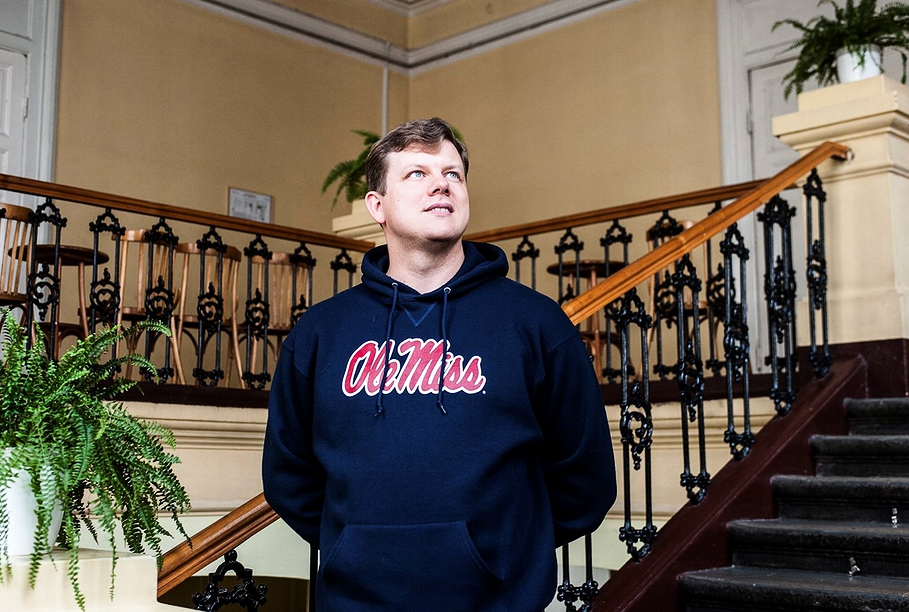The concert featuring the new work is scheduled to take place Thursday and Friday nights at Abravanel Hall and will feature the 2015 Festival Choir under conductor Barlow Bradford with the Utah Symphony conducted by Thierry Fischer. It is a special collaboration between the Utah Symphony, Utah Symphony Chorus, and University of Utah choirs helping to host the national conference. The exclusive performance will be heard only by the registered participants of the conference.
The conductor and some of the Utah Chamber Artist singers shared their excitement over taking part in the premiere performance.
Conductor Barlow Bradford said he was such a fan of Ešenvalds, that he gave the composer free creative reign over “what he wanted to do.”
“The poetry he found was really beautiful,” says Bradford. “He was interested in doing something about the prairie. He clearly understands this poetry, and I love how he tied movements 1 and 5 together.” The words illustrate a blissful calm, but then something comes in to destroy that peace. Those who hear the performance will no doubt be troubled as movement 5 ends tragically. But in the final movement, there is, of course, a triumph.
The piece is partly based on the tragic weather disaster on the North American prarie on January 12, 1888 when a bizarre sequence of extremely warm weather followed by a suddenly sweeping and deadly mid-day blizzard stranding hundreds of schoolchildren and their despairing teachers and parents in white-out conditions within futile arm's reach of the safety of their homes froze 235 people to death.
Pianist Jared Pierce is rehearsing these pieces with the Barlow and the group before the final rehearsals with the Utah Symphony and Thierry Fischer. “I love these pieces that Eric has written for us” says Pierce. “They tell an epic story of love, loss, and the triumph of the human spirit. Also, in them we find connections to the beauty of the earth, both spiritually and physically. The more we learn these stories, the more we realize that we have lived them.”
The Utah Chamber Artist website says 'the singers experienced a roller coaster singing through these pieces for the first time, unaware of what stories they’d tell'. An alto, Cami Talbot said, “I’m basically singing a Willa Cather novel; wildfires, blizzards, frozen schoolchildren and even a plucky maid.”
Alto Shauna Ruske said, “The beauty of the text really didn’t sink in until we were introduced to the 6th movement which is the least musical and the least poetic of all the movements. It is the original hymn written to honor a young heroine who saved the school children from freezing to death in a blizzard. Are the lyrics lovely? Not at all, but they are powerful and moving. This made the whole piece real for me. No longer was I not connecting to the seemingly over-simplified poetry. (The early settlers probably didn’t relate much to Shakespeare sonnets, anyway.) The music is joyful, sorrowful and depicts life of the prairie which is all about gratitude and survival.”
When Barlow Bradford played it through for the first time, he immediately thought it was a beautiful piece, but what he didn’t catch at first was how sensitive Ešenvalds was to the style of the writing. “The poem has a certain innocence to it that clearly has a universal depth,” he says. “I love how he moves this innocent line to this moment of the wind blowing, the trauma and that then transforms into the beauty and the triumph of the poetry.”



























